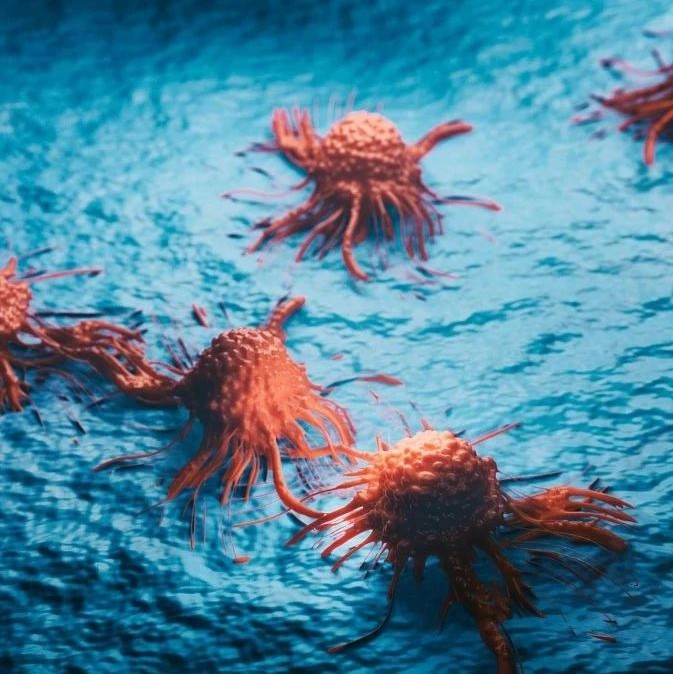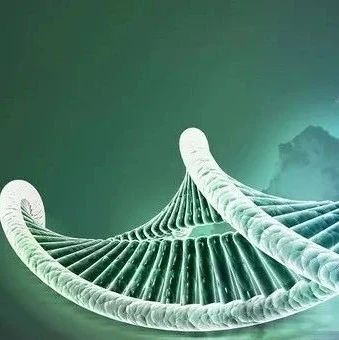英国研究人员日前在《自然》杂志网站上报告说,他们探明了人体内一种蛋白质对抗艾滋病病毒的原理,并有望在此基础上开发出新的艾滋病治疗方法。

此前美、法等国的研究人员曾发现,人体内一种名为SAMHD1的蛋白质能阻止艾滋病病毒在一些白细胞中的复制,但对其中的原理并不清楚。
英国曼彻斯特大学等机构的研究人员发现,这种蛋白质能降解脱氧核苷酸,而脱氧核苷酸正是艾滋病病毒复制所需要的基础。
领导研究的米歇尔·韦布说,艾滋病病毒的复制在艾滋病感染进程中是关键的一步,如能阻止病毒复制,就可有效遏制艾滋病的感染进程。研究人员未来可通过模拟相关生理过程,开发出新的艾滋病治疗方法或艾滋病疫苗。(生物探索)
相关英文论文摘要:
HIV-1 restriction factor SAMHD1 is a deoxynucleoside triphosphate triphosphohydrolase
SAMHD1, an analogue of the murine interferon (IFN)-γ-induced gene Mg11, has recently been identified as a human immunodeficiency virus-1 (HIV-1) restriction factor that blocks early-stage virus replication in dendritic and other myeloid cellsand is the target of the lentiviral protein Vpx, which can relieve HIV-1 restriction. SAMHD1 is also associated with Aicardi–Goutières syndrome (AGS), an inflammatory encephalopathy characterized by chronic cerebrospinal fluid lymphocytosis and elevated levels of the antiviral cytokine IFN-α. The pathology associated with AGS resembles congenital viral infection, such as transplacentally acquired HIV. Here we show that human SAMHD1 is a potent dGTP-stimulated triphosphohydrolase that converts deoxynucleoside triphosphates to the constituent deoxynucleoside and inorganic triphosphate. The crystal structure of the catalytic core of SAMHD1 reveals that the protein is dimeric and indicates a molecular basis for dGTP stimulation of catalytic activity against dNTPs. We propose that SAMHD1, which is highly expressed in dendritic cells, restricts HIV-1 replication by hydrolysing the majority of cellular dNTPs, thus inhibiting reverse transcription and viral complementary DNA (cDNA) synthesis.
英文论文链接:https://www.nature.com/nature/journal/vaop/ncurrent/full/nature10623.html







